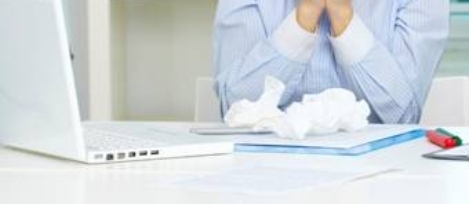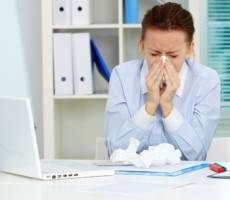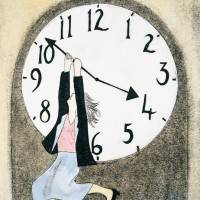November 11, 2015
British workers tend to take the most holiday leave in the world 0
 British workers are the most likely to take all of their paid holiday leave – and they get a lot more of it, new YouGov research from around the world claims. During the Eurozone and Greek debt crises, the economic situation was blamed on laid back, siesta-taking southern Europeans. In fact Greece ranks fourth among OECD countries for average annual hours actually worked, and Spain ranks one place above the UK. Meanwhile German workers, with a reputation for working very hard, work the smallest number of hours. But out of 22 countries polled worldwide, spanning North America, the Middle East, Asia, Australia and Europe, British people are the most likely to say they will take all of their holiday leave this year. In one of the only places in the world where there is no statutory minimum holiday leave only 44 percent of Americans say they will take their days off this year.
British workers are the most likely to take all of their paid holiday leave – and they get a lot more of it, new YouGov research from around the world claims. During the Eurozone and Greek debt crises, the economic situation was blamed on laid back, siesta-taking southern Europeans. In fact Greece ranks fourth among OECD countries for average annual hours actually worked, and Spain ranks one place above the UK. Meanwhile German workers, with a reputation for working very hard, work the smallest number of hours. But out of 22 countries polled worldwide, spanning North America, the Middle East, Asia, Australia and Europe, British people are the most likely to say they will take all of their holiday leave this year. In one of the only places in the world where there is no statutory minimum holiday leave only 44 percent of Americans say they will take their days off this year.
































October 22, 2015
Seven ways to make your office work for different workstyles 0
by Brittney Herrera • Comment, Flexible working, Wellbeing, Workplace design
(more…)